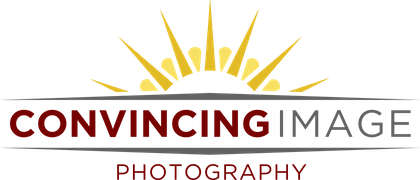ISO CONTROLS LIGHT AND NOISE/GRAIN

All that said, modern digital camera technology is amazing and it just keeps getting better. I have no problems shooting my Nikon D750 at 1600 ISO and I don’t get nervous if I have to go to 3200 ISO for most wedding photographs. I know I can get a usable photographs at 6400 ISO, assuming it’s not going to be a big enlargement. While the D750 is noticeably better at high ISO than our Nikon D600, the latter produces what I consider usable images at 3200 ISO. My old Nikon D700 does not handle high ISO nearly as well. I start seeing noise at about 400 ISO and I prefer to keep it under 800 ISO. I could go to 1600 ISO if I have to. Nikon’s new D5 is amazing with high ISO! Obviously, I’m a Nikon shooter and more familiar with Nikon’s offerings, but it seems Cannon and Nikon are always competitive. You need to become familiar with your camera and determine how much noise you find acceptable in your photographs.
The above photograph is a 1:1 zoom/crop of an ice skater performing in a dimly lit ice arena. The photograph was taken with a Nikon D600 and Nikon 70-200mm 2.8 at f/2.8, 1/1000 sec, ISO 6400, 200mm. Post processing noise reduction has been performed in Adobe Photoshop Lightroom. The noise is obvious in the purple background. However, remember this is a 1:1 zoom! While I would be hesitant to make a huge enlargement of this photograph, it’s a usable image at traditional print enlargement sizes.
While modern cameras are amazing at handling high ISO, you have to remember you will have less ability to recover an underexposed photograph in post processing. The higher the ISO the more important it becomes to get your exposure right in camera. You will introduce more noise by raising a photographs exposure in post processing than by getting it right in camera.
Increasing or decreasing ISO in increments of one stop is the same as shutter speed. ISO 1600 is one stop brighter then ISO 800. ISO 200 is one stop darker than ISO 400. Double your ISO to lighten your exposure by a stop and decrease it by half to darken your exposure by a stop.
